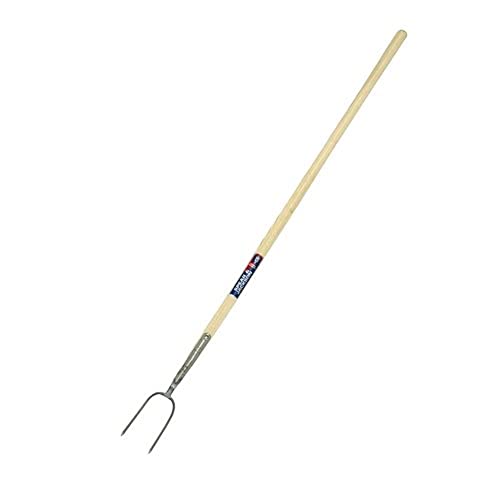The Purpose of a Fork in a Tuning Fork
A tuning fork is a small, two-pronged metal instrument that produces a specific pitch when struck against a surface. The two prongs of the tuning fork are designed to vibrate at a specific frequency, creating a pure and sustained sound. The purpose of the fork in a tuning fork is essential to its functionality and unique sound production. Let’s explore the various aspects of the fork and its significance in a tuning fork.
Vibrational Resonance
The main purpose of the fork in a tuning fork is to create vibrational resonance. When the fork is struck, it causes the prongs to vibrate rapidly in opposite directions. These vibrations generate sound waves that travel through the air and can be heard by the human ear. The fork’s design allows for controlled vibrations that produce a consistent frequency, resulting in a clear and distinct pitch. The length, width, and thickness of the fork prongs determine the specific frequency produced.
Support and Stability
The fork in a tuning fork serves as a means of support and stability for the vibrating prongs. The prongs are typically attached to a handle or base, which allows users to hold or place the tuning fork on a surface. The fork’s design ensures that the prongs remain parallel to one another, enabling them to vibrate in sync and create a uniform sound. Without the fork, the prongs would not have the necessary support and alignment needed to produce a consistent pitch.
Sound Transmission
The fork in a tuning fork also plays a crucial role in sound transmission. When the prongs vibrate, they create sound waves that travel through the surrounding air or materials. The fork acts as a medium to transmit these sound waves efficiently, enhancing the audibility and resonance of the produced pitch. The design of the fork optimizes the transfer of vibrations from the prongs to the surrounding environment, allowing the sound to project clearly and achieve its desired effect.
Synchronization and Precision
In addition to support and transmission, the fork in a tuning fork helps with synchronization and precision. By maintaining the prongs in an identical shape and size, the fork ensures that they vibrate at the same frequency and produce a harmonious sound. This synchronization is essential for tuning musical instruments and verifying pitch accuracy. Tuning forks are often used as a reference for musicians to ensure their instruments are in tune, thanks to the precise and consistent vibrations created by the fork.
Applications in Multiple Fields
The purpose of the fork in a tuning fork extends beyond just music. Due to their unique design and ability to produce specific frequencies, tuning forks have various practical applications in different fields. In medicine, they are used to test hearing by assessing an individual’s ability to perceive different pitches. In physics and engineering, tuning forks are utilized to study the principles of resonance and frequency. They are also used in the manufacturing and calibration of certain mechanical devices that require precise vibrations.






